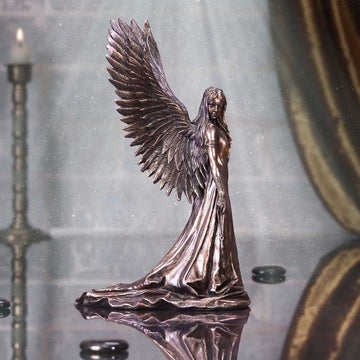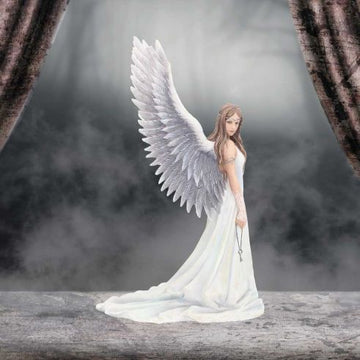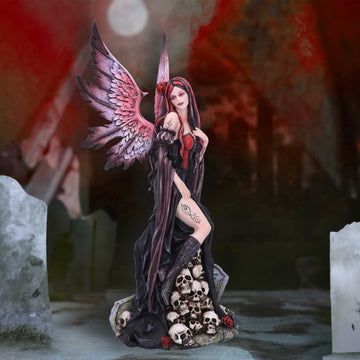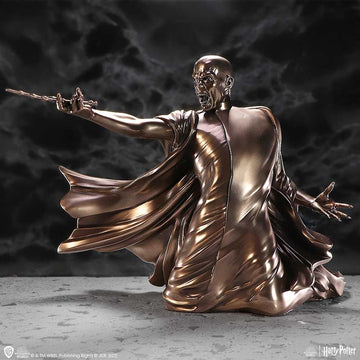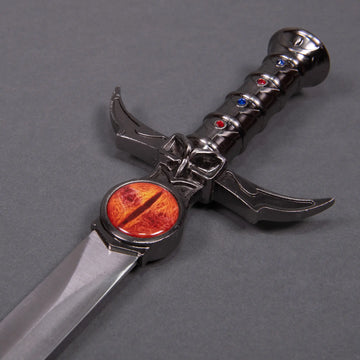The sultry voice, the oversized eyes, the unmistakable "Boop-oop-a-doop!" - Betty Boop is a cartoon character who has transcended generations. But where did this sassy, cartoon flapper come from? Her story is rooted in the vibrant world of Jazz Age entertainment and a legal battle that would redefine her very identity.
From Canine to Cartoon Starlet: The Early Days of Betty Boop
In 1930, Max Fleischer, a pioneer of early animation, created a cartoon dog named Bimbo for his "Talkartoons" series. Bimbo's girlfriend was a French poodle with a human nose and a distinctive "Boop-oop-a-doo" vocal style inspired by popular jazz singers of the era. This little French poodle would soon undergo a dramatic transformation.
The Inspiration Behind the Boop:
While the exact inspiration for Betty Boop is debated, there are two leading contenders:
- Helen Kane: A popular singer and actress known for her baby-talk routines and use of "boop-boops" in her songs. Kane would later sue Fleischer Studios, claiming they stole her act to create Betty Boop.
- Esther Jones: A lesser-known but influential figure, Jones was a Black jazz singer and performer at Harlem's Cotton Club. Her scat singing style, characterized by playful sounds and improvisation, is believed by some to be the truer inspiration for Betty Boop's signature vocals.
From Poodle to Pin-Up: The Evolution of Betty Boop
In 1932, the French poodle was redesigned into a fully human character, complete with shapely legs, a revealing dress, and those unforgettable big eyes. This new, more overtly sexy Betty Boop became an instant sensation. Her popularity soared during the Great Depression, offering audiences a playful escape into a world of carefree flappers and jazz music.
Sex Symbol or Cultural Appropriation? The Controversy Surrounding Betty Boop
Betty Boop's undeniable sex appeal was part of her charm, but it also sparked controversy. Critics accused the cartoons of being too suggestive and inappropriate for children. The legal battle with Helen Kane further complicated matters, raising questions about originality and the portrayal of African American cultural influences in mainstream media.
Beyond the Boop-oop-a-doop: Betty Boop's Legacy
Despite the controversies, Betty Boop's influence on animation is undeniable. She was one of the first and most recognizable female cartoon characters, paving the way for future generations of animated heroines. Betty Boop's enduring legacy lies in her embodiment of the Jazz Age spirit - a time of rebellion, innovation, and a celebration of self-expression.
Betty Boop's influence extends beyond animation. She has appeared in merchandise, commercials, and even inspired fashion trends. Her enduring popularity is a testament to her unique blend of charm, sass, and enduring appeal.
